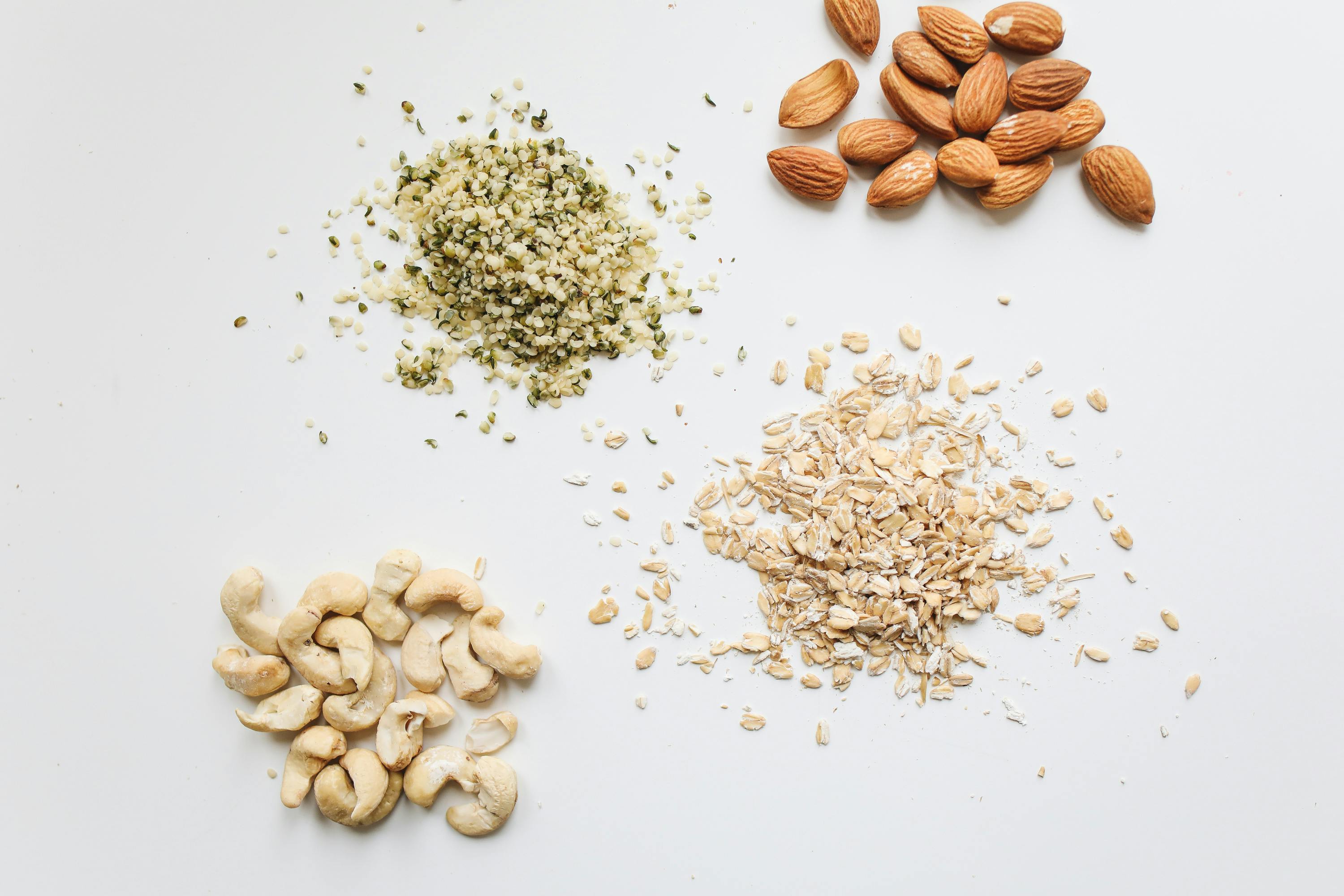When you think about it, training for top-level cycling performance isn’t that complicated. It is about improving six physiological abilities: aerobic endurance, muscular endurance, lactate threshold, aerobic capacity, anaerobic capacity and neuromuscular power. The effective development of these skills is what allows the best cyclists to travel incredibly far and fast.
Aerobic resistance it is the foundation of all cycling training. It consists of the body’s ability to use oxygen to produce energy for the muscles over a long period of time. In practical terms, aerobic endurance is the capacity of Zone 2 (for example, 60% to 70% of maximum heart rate). It allows cyclists to spend literally hours riding a bike. To successfully complete long trips, cyclists must train their bodies to store large amounts of glycogen and to efficiently burn fat as a primary energy source. This is most effectively accomplished through long journeys at a comfortable (i.e. conversational) pace.
Muscle stiffening refers to the ability to pedal relatively high speeds, at a moderate cadence (for example, 80-90 rpm), for an extended period. This ability allows riders to generate significant power on the bike. While aerobic endurance is directly related to the cardiovascular system, muscular endurance is about building the musculoskeletal system. This can include both bike training and off-bike training; however, the most effective way to improve muscular endurance is also the simplest. Climb many hills!
Lactate threshold (LT) is the primary development focus area for competitive cyclists. It is the best predictor of racing performance for many cycling events. Unlike aerobic capacity (VO2 max), Lactate threshold is also highly trainable, which is one of the reasons why training zones are often based on LT. In simplest terms, the lactate threshold is the highest intensity that a fit cyclist can maintain for 60 minutes. Any increase in intensity beyond this threshold level requires a reduction in effort because the body begins to produce lactic acid faster than it can eliminate it. The higher a cyclist’s lactate threshold, as a percentage of aerobic capacity, the faster they will be able to ride a bike. The lactate threshold is best developed through interval training performed at or slightly below the threshold level.
Aerobic capacity It is the maximum amount of oxygen that the body can consume during high intensity exercise. While not a great predictor of cycling performance (e.g., you may have a really high VO2 max but a relatively low lactate threshold, which will lead to weak performance), it is a very good predictor of sports potential resistance. Unfortunately, the aerobic capacity is not as trainable as the lactate threshold. While some improvement is possible, the VO2 max for an experienced and consistently trained athlete will not change much. However, aerobic capacity training should be a key component of your training regimen and typically consists of very intense Zone 5 intervals (approximately 90% to 95% of maximum heart rate) that last 3-5 minutes.
Anaerobic capacity It is the ability to drive at a very high intensity for a relatively short period. While not 100% effort, it is most closely related to long 60-90 second sprints and very hard efforts on short hills. Anaerobic capacity is important in cycling events that require repeated explosive movements, such as track cycling, as well as road and mountain bike racing, where attacks and bridges between groups are common.
Neuromuscular power it is the ability to pedal a very large gear, at a very high cadence, for short periods of time (10 to 30 seconds). It’s about recruiting fast-twitch muscle fibers to generate force very quickly. In other words, sprinting. Cyclists who want to ride very fast over short distances must develop neuromuscular power. This is best done with short, maximum effort sprints, 15 to 30 seconds in length, with the opportunity for a full recovery between hard efforts (3-4 minutes).
